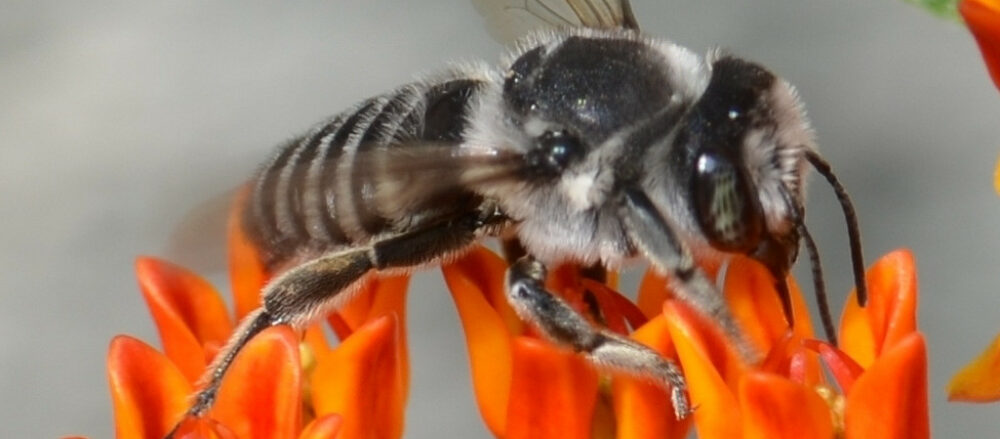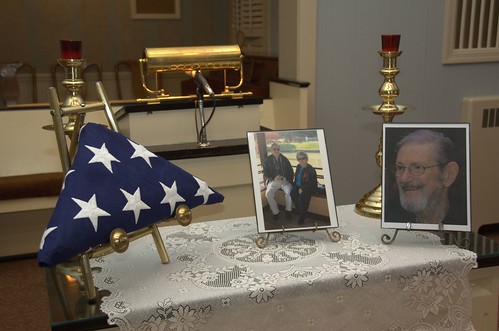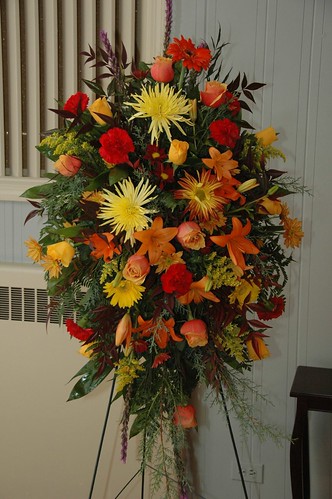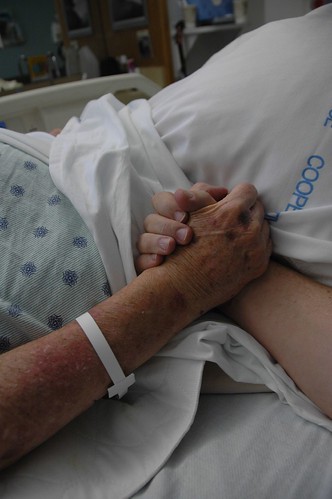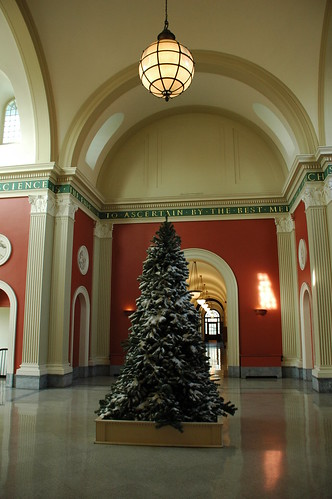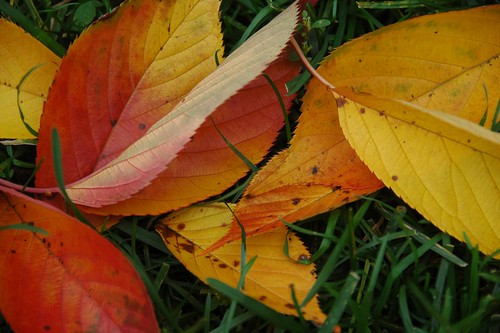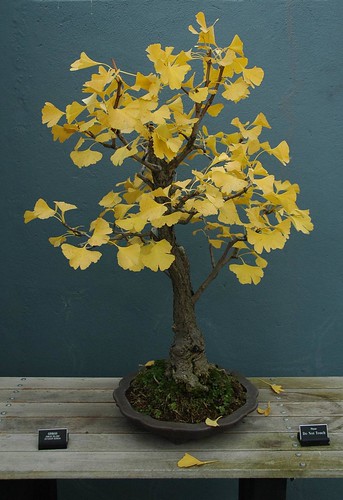Target Park, Bed-Stuy, Brooklyn

By my best estimate I have now visited 36 of Brooklyn’s community gardens, most of these from the three Brooklyn Community Gardeners Coalition (BCGC) Green With Envy (GWE) Tours I attended this year. This is just an introduction: there are over 200 community gardens in Brooklyn alone.
It’s become clear to me that the future of community gardens in Brooklyn, and throughout NYC, is not assured. They are facing renewed threats to their survival, to their identity as community gardens. Paradoxically, the systems set in place to protect community gardens may contribute to these threats.
Anne Raver’s Home & Garden column in the November 6, 2008 New York Times highlights these threats. She highlights two gardens – one in Jamaica, Queens, the other in Harlem, Manhattan. Both are owned by the New York Restoration Project. Both were recently overhauled by professional garden designers with hundreds of thousands of dollars of private funding.
Walter Hood, a California landscape architect, redesigned a community garden at the corner of Foch Avenue and 165th Street in Jamaica, Queens with $350,000 donated by G-Unity, the private foundation of Curtis Jackson, aka 50 Cent. The garden, once called the Baisley Park Community League Garden, is now known as the Curtis “50 Cent” Jackson Community Garden. $350Gs buys not only water collectors “shaped like martini glasses”, but naming rights.
Mr. Hood said he leapt at the chance to work with the New York Restoration Project. Community gardens have always been temporary spaces, “social actions by advocacy groups during times of need,” he said. “But when Bette Midler created this nonprofit and gave ownership to these spaces, they become this real thing.”
– Healthy Spaces, for People and the Earth, Anne Raver, New York Times, 2008-11-05
Excuse me?! In what way are community-run gardens not “the real thing”? Some of those “temporary spaces” have been in continuous operation as community gardens for four decades. How is it that only the arch touches of a professional designer and corporate sponsorship bestow “realness”? How insulting.
Definitions
The American Community Gardening Association (ACGA, not to be confused with its antithesis, the American Corn Growers Association) defines a community garden as “any piece of land gardened by a group of people.” While inclusive, this definition is too broad to begin to characterize the challenges and threats to urban green spaces. My current frame for thinking about this defines three broad categories:
- park
- a green space open to the public, but not cared for by them; no membership requirement
- community garden
- a green space cared for by its members; contains personal and/or shared areas gardened by members; contains ornamental and/or agricultural plantings; non-profit, volunteer-run organization/governance
- urban farm
- dedicated to agricultural – food – production; often setup as a program providing services to a targeted community; may be run as a profit-making venture
Case Study
The official name of the green space in the photo that opens this post is “Target Community Garden.” Yes, that Target. Here’s what the New York Restoration Project, which owns this property, has to say about it:
For 15 years, this garden has been an important resource in improving the safety and quality of life in this Bedford-Stuyvesant community. A local elementary school and several families are currently involved in the maintenance of the garden. During 2004, these residents raised funds to support the site’s use for gatherings, workshops, and as a learning garden by neighborhood school children.
Target is generously supporting the restoration of the garden and selected nationally acclaimed garden designer and horticulturist Sean Conway to provide the garden design. Since 1998, Conway has helped to create the garden centers in Target stores and also designed the gardens at the Target corporate headquarters in Minneapolis. He has also been a frequent guest on Martha Stewart Living and is the co-executive producer and host of Cultivating Life on PBS.
– Target Community Park
The corporate sponsorship is part of the design. If the logo on the entrance sign didn’t catch your eye:

the corporate colors and logo incorporated into the privacy screen bordering the lounging plaza assert dominion over the space:

In some sense, this is still a garden. It has flowering plants, a lawn, places to gather. However, in no way can it be called a community garden. Is it reasonable to still call something a community garden when it has been completely redesigned and rebuilt with $250,000 of corporate sponsorship? Even the garden’s designer is corporate, which explains why it feels more like the “Target corporate headquarters in Minneapolis” than a community garden.

The few remaining gardening plots have been relegated to the worst possible location: huddled against the north side of an adjacent building to the south of the space, completely shaded except during the morning and evening hours of the the long days of summer.

The community was involved in setting priorities for the design. I can accept that they got what they asked for. The community enjoys the rewards this space provides. They have a space which is open all day for the enjoyment of all residents. People come and gather and interact. This is a village green, a town square.
However, the community is not involved in its upkeep, except in minimal ways. It is no longer effectively “gardened by a group of people.” It’s open to anyone, even those with no hand in its making. That’s a good thing (with apologies to Target’s other corporate personality), but that’s what makes it a park, and not a garden.
The other garden described in Raver’s article has also received the Target touch from corporate consultant Sean Conway:
It would be hard to miss the Target East Harlem Community Garden on East 117th Street, just east of First Avenue. The garden, designed by Mr. Conway and completed in early October, greets the visitor with a forest of steel poles sporting bright red disks. All that’s missing from those circles is a bull’s-eye.
“That would have been too over the top,” he said in a recent conversation from his home in Tiverton, R.I. Mr. Conway, who stars in a PBS show, “The Cultivated Life,” and designs outdoor furniture for Target, noted that “those circles were a little bit of a nod” to the company, which provided $300,000 to build the garden in a vacant lot.
Really? Over the top? This makes at least two corporate parks Mr. Conway has now created for Target out of what once were community gardens. NYRP has already redesigned 30 of its 50 gardens, and has plans to do another dozen, leaving only 8 gardens untouched. If there’s any community left when they’re done, it will be unrecognizable, hidden behind corporate swag.
The pressure to be “open”
In Brooklyn, most community gardens are held by one of the following:
- The afore-mentioned New York Restoration Project (NYRP)
- The Brooklyn-Queens Land Trust (BQLT), part of the national Trust for Public Land (TPL)
- New York City Department of Parks and Recreation (Parks)
There are a handful of other holdings, including those on private property, but most spaces identified as community gardens in Brooklyn are held by one of these three.
In the bad old days, then-Mayor Rudolph Giuliani placed many of the city’s community gardens on the chopping block, as city-owned “vacant” land to be sold at auction for “development.” The Trust for Public Land stepped in and bought many of these properties.
Bette Midler also came to the rescue:
Celebrated entertainer Bette Midler founded the nonprofit New York Restoration Project (NYRP) in 1995 in the belief that clean, green neighborhoods are fundamental to the quality of life, and that every community in New York City deserves an oasis of natural beauty. Seeing many parks and open spaces in dire need of cleanup and restoration, Ms. Midler created NYRP to be the “conservancy of forgotten places,” particularly in New York City’s underserved communities.
NYRP quickly raised millions of dollars and bought threatened properties outright, preserving them as gardens. 13 years later, NYRP wields tremendous clout; their 2006 financial statements show over $8million net assets, and over $8M annual revenues. That’s a lot of money, and NYRP is under pressure from its sponsors to spend it somewhere, preferably with visible results. This means NYRP is landscaping and redesigning gardens, even when the community is not asking for it.
As more and more community gardens receive professional treatment, the communities of those gardens become less involved in their design and upkeep. Target Park is just an extreme example. The garden, the physical place, is taking precedent over the intangible associations of the hearts, minds, sweat and tears of neighbors working together to build community. With less community investment, gardens slide ever more toward becoming parks for passive enjoyment, and away from providing opportunities for people to dig, get their hands dirty, and connect with our birthright to nurture and grow green, living things.
[bit.ly]
Related Posts
Green With Envy (GWE) 2008 Tour III of Bed-Stuy Community Gardens
Links
Map of Community Gardens after the settlement, Gotham Gazette
Bringing Peace to the Garden of Tranquility, Land & People, Fall 1999, Trust for Public Land
Community Gardens Memorandum of Agreement, September 17, 2002 (PDF)
Timeline of NYC community gardens
New York’s Community Gardens: A History, TreeBranch Network
History of the 6th and B Garden in the East Village, Manhattan
The Community Garden Movement: Green Guerillas Gain Ground, NYC Department of Parks & Recreation
Green Guerillas: New York City’s Community Gardens, EcoTipping Points Project
Healthy Spaces, for People and the Earth, Anne Raver, New York Times, 2008-11-05
Target Community Park, New York Restoration Project
GreenThumb NYC
